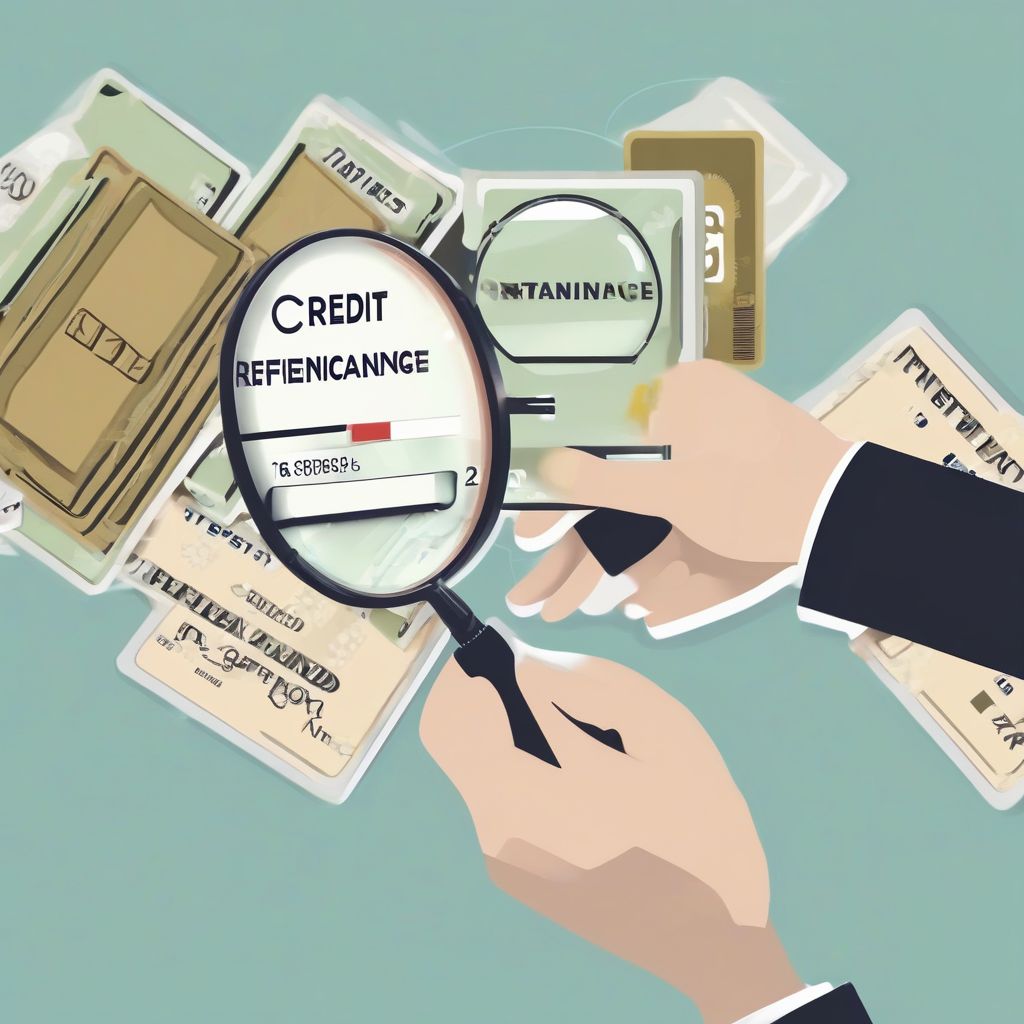Imagine this: you’re finally free from the weight of high-interest credit card debt. No more juggling minimum payments or stressing about your credit score. Refinancing your credit card debt could be the key to turning this dream into a reality.
What Does Credit Card Debt Refinancing Really Mean?
At its core, Credit Card Debt Refinancing is a smart strategy to manage your finances and regain control over your debt. It involves taking out a new loan with a lower interest rate to pay off your existing credit card balances. This new loan could be in the form of a:
- Balance transfer credit card: These cards often come with enticing introductory 0% APR periods, giving you breathing room to aggressively pay down your debt.
- Personal loan: Offers fixed interest rates and predictable monthly payments, making it easier to budget and track your progress.
- Home equity loan or line of credit: While these options leverage your home’s equity, they typically come with lower interest rates compared to credit cards.
Why is Credit Card Debt Refinancing Important?
Lower Interest Rates, Bigger Savings
High-interest credit card debt can feel like a never-ending cycle. Refinancing with a lower interest rate can save you significant money on interest payments, allowing you to pay down the principal faster.
Simplified Debt Management
Juggling multiple credit card payments can be overwhelming. Refinancing consolidates your debts into a single loan with one monthly payment, simplifying your finances and reducing the risk of missed payments.
Improved Credit Score
Successfully managing a refinanced loan can positively impact your credit utilization ratio and payment history, potentially boosting your credit score over time.
Common Questions About Credit Card Debt Refinancing:
What Credit Score Do I Need to Refinance Credit Card Debt?
Lenders consider various factors, including your credit score, debt-to-income ratio, and credit history. While a higher credit score generally qualifies you for lower interest rates, options exist for borrowers across different credit profiles.
How Much Does Credit Card Debt Refinancing Cost?
While refinancing can save you money, be mindful of potential costs like balance transfer fees, origination fees, or closing costs. Compare offers from different lenders to find the most cost-effective option.
When Does it Make Sense to Refinance Credit Card Debt?
Refinancing is particularly beneficial when you can secure a significantly lower interest rate than your current cards, have a manageable amount of debt, and are committed to a repayment plan.
debt.mooseandsadies.com/wp-content/uploads/2024/07/credit-card-refinancing-concept-66a329.jpg" alt="Credit Card Refinancing Concept" width="1024" height="1024">Credit Card Refinancing Concept
Exploring Related Debt Relief Options:
While credit card debt refinancing is a popular solution, explore alternative options that might better suit your financial situation:
Debt Consolidation Loans:
Similar to refinancing, these loans combine multiple debts into one, but they can be used for various types of debt, not just credit cards.
Debt Management Plans:
Offered by credit counseling agencies, these plans negotiate with creditors on your behalf to lower interest rates and create a manageable payment plan.
Debt Settlement:
This option involves negotiating with creditors to settle your debt for less than what you owe, but it can negatively impact your credit score.
Take Control of Your Financial Future
Credit card debt refinancing can be a powerful tool to regain control of your finances and pave the way toward a debt-free future. By carefully considering your options, researching lenders, and choosing the right refinancing strategy, you can make informed decisions that align with your financial goals. Remember to seek advice from financial advisors if needed and prioritize your financial well-being.
Ready to explore your debt refinancing options? Share your thoughts and questions in the comments below. Don’t forget to check out our other informative articles on personal finance and debt management.
